The guidebook we got from the ranger station said “Poetry in Stone”.. and they could not be more right! Bryce Canyon’s structures are deceptive – they never stay the same, since weathers of and erosion of the canyons are constantly changing the shape of the statuesque rock features. When the water melts and flows, it seeps into the cracks and crevices and freezes, expanding and cracking the rocks around it (called “frost wedging”).
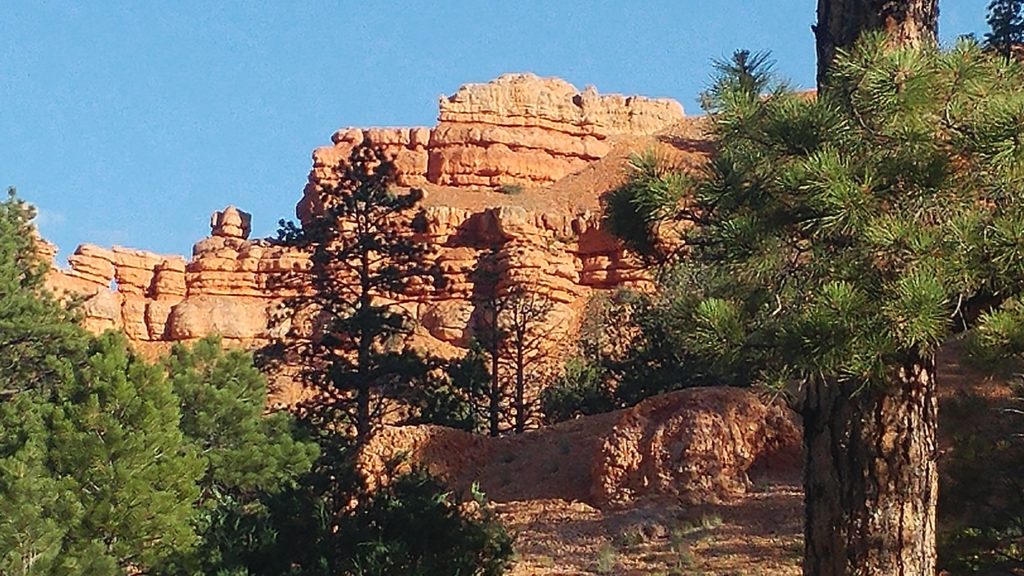
For half the year, the temperature swing from freezing at night to warm afternoons, and this big swing causes the water to freeze and melt, freeze and melt, and also causes the soil to creep and move the stone fragments downhill.
Today we are hiking through Bryce Canyon in southwest Utah! The geology here is amazing. You can see the vertical columns of limestone that have been eroded away by weather and water.
INSERT VIDEO bryce-queensgardentrail.mp4
Just being in this area made me want to be a field geologist!
INSERT VIDEO bryce-geology.mp4
At the end of our day, we set up camp and relaxed…
INSERT bryce-camping.mp4
…. only to find glowing worms winking and blinking at us! The peachy shape on the right is my finger, so you can see how zoomed in this is! It was also pitch dark, so the camera was doing its best:
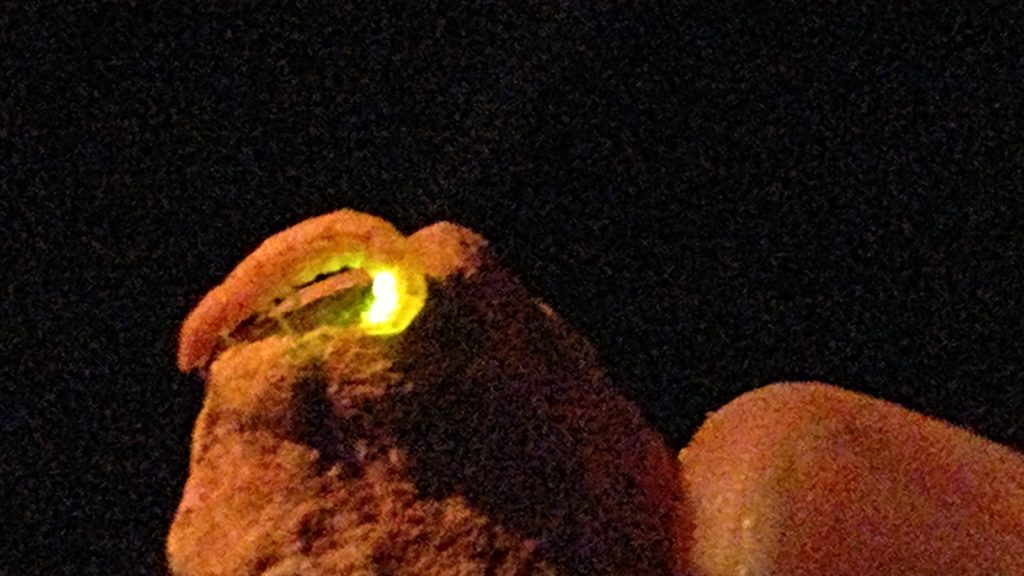
Then we turned off our white lights, and on a whim, I turned on my UV black light – and guess what?
INSERT VIDEO fluorescent-rocks.mp4
The rocks beneath our feet started to glow!
INSERT VIDEO fluorescentrocks2.mp4
In the morning, we were treated to such a beautiful landscape! The colors of the canyon go through the entire spectrum of the rainbow. The Reds and yellows are from the iron, and the blues and purples are from the manganese in the soil.Erosion is happening quickly in the canyon, it will look different every time you visit. The rim is actually receding about 1 foot every 65 years.
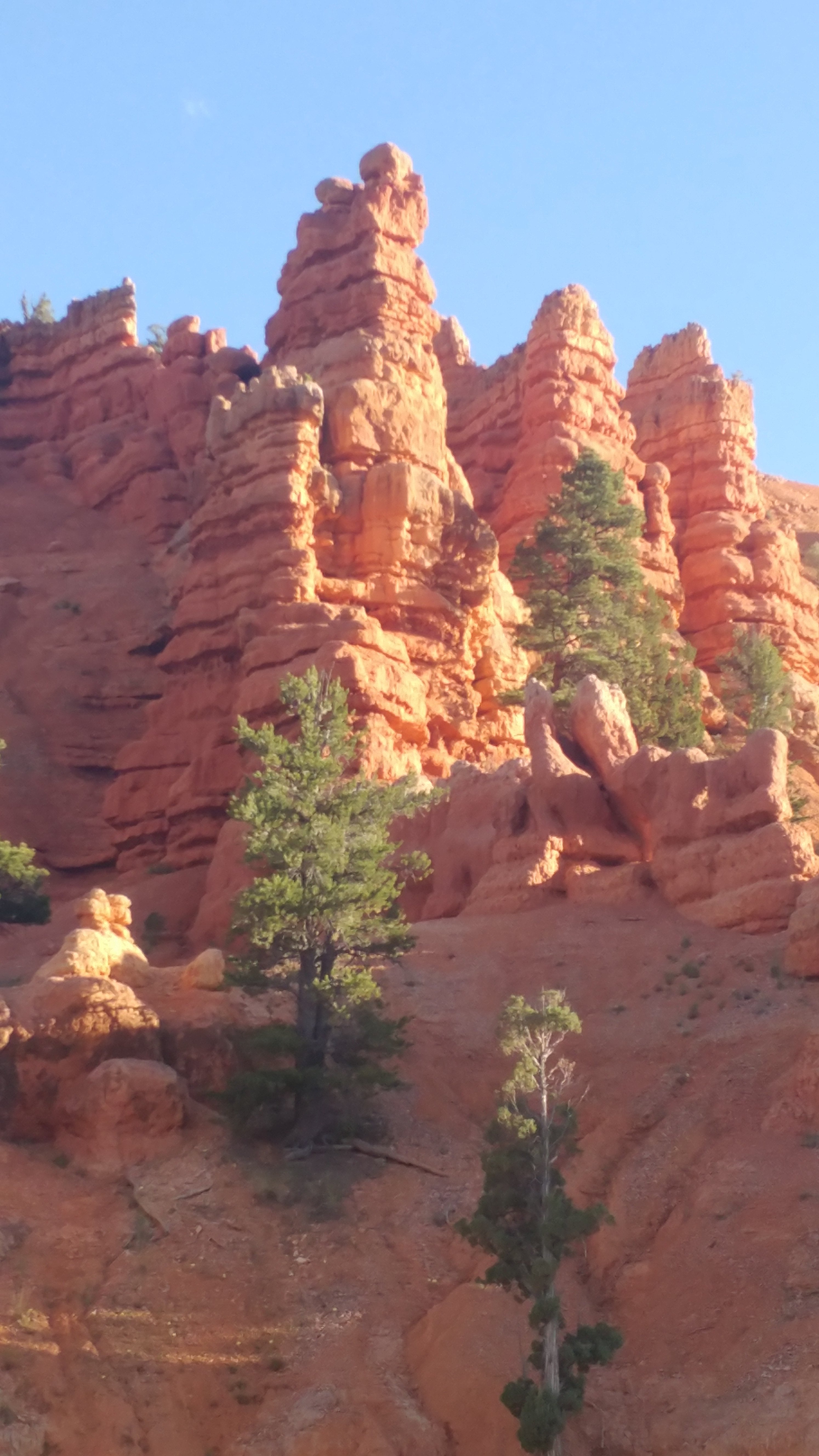
This is especially evident in the springtime after the snow begins to melt, the water slips in between cracks and crevices, picking up gravel and rocks and bouncing them around, breaking off small bits every time they do.
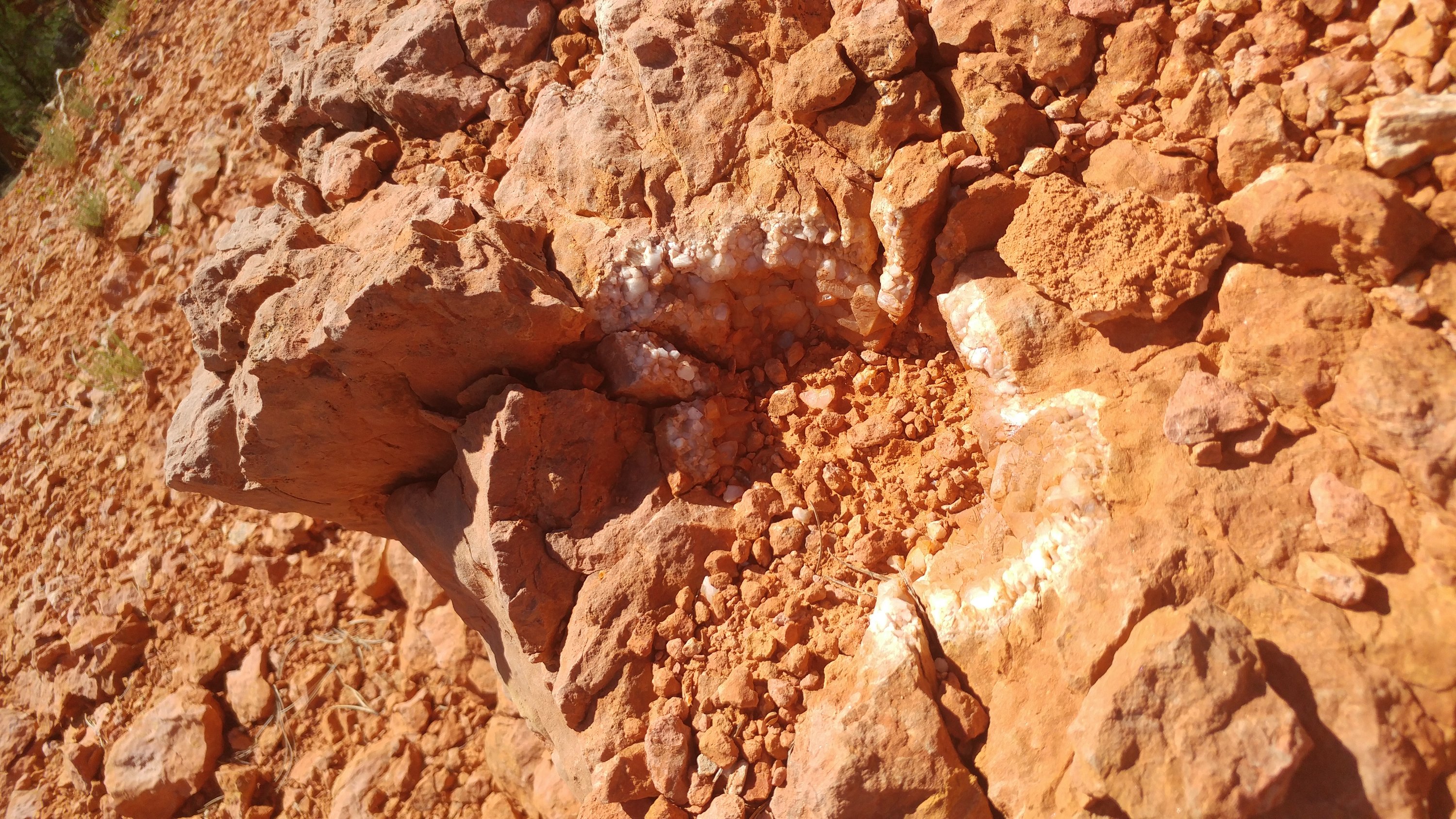
Ice also wedges in there and creates the gouges that you see in the rocks .The effects of water, wind, and especially ice is what gives Bryce Canyon its distinctive look. The usage above also has a mini crater of crystals (image above).
Bryce Canyon is not actually a canyon by the way. It’s a series of about a dozen amphitheaters that have been carved out about a thousand feet in.
Some of the wildlife here includes glowing worms, horny toads, elk, mule deer, chipmunks, prairie dogs, porcupines, Green Basin rattlesnakes, sage lizard and short-horned lizard. I only managed to get a picture of the Chipmunk, the lizard was too quick for me!
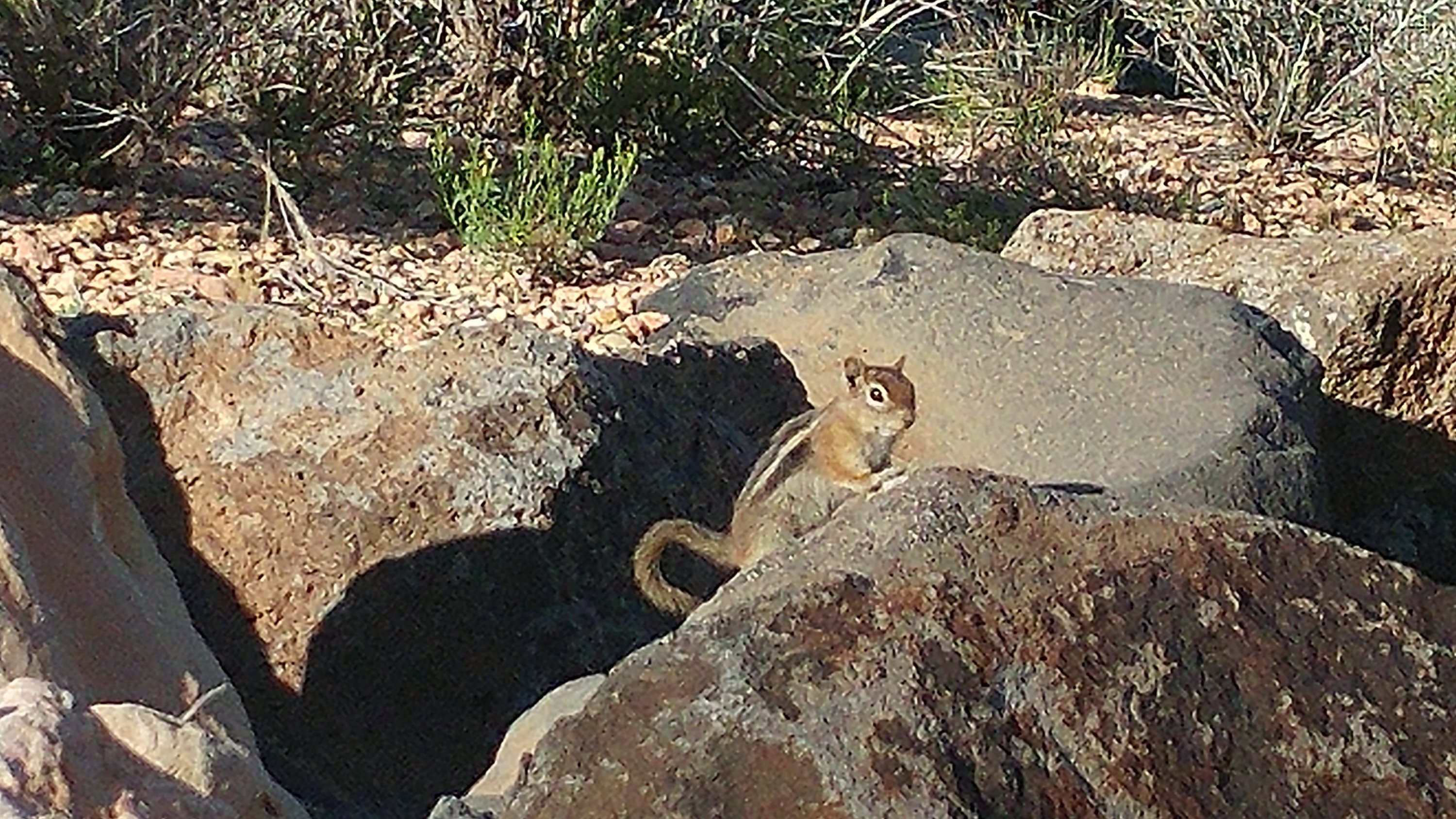
If you want your kids to do really cool geology projects like this, and if you found this helpful and you find yourself thinking, “Hey, you know, I want this person to teach my kids science for me, and to create my curriculum lessons for me…” then we can do just that.
Go to www.SuperchargedScience.com
When you get there, you’ll see a video that shows you the science curriculum that I developed and teach.
If you like what you see on that website, just fill in the form below the video and your kids can get started today doing real hands-on science with everyday materials.
(If you’re already a member, visit Unit 20 for the earth science lessons in geology.)
